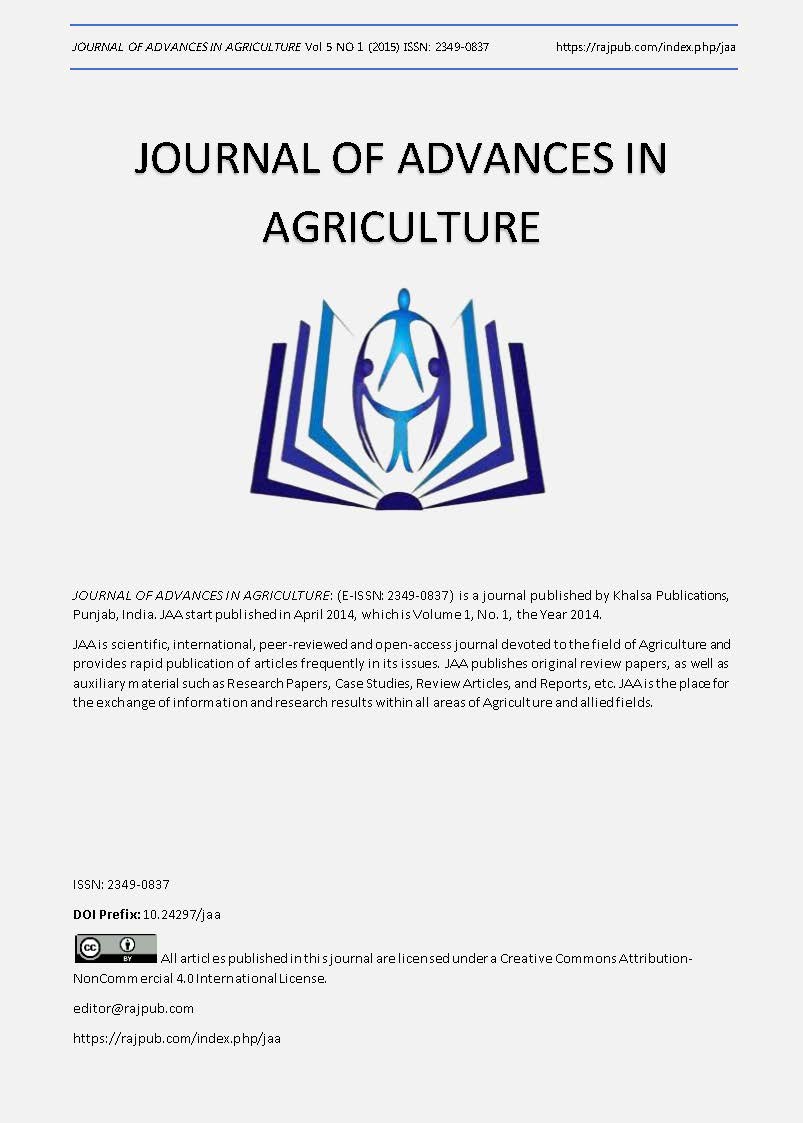Welfare of a pair of Captive Tigers: a Hand-Reared Female and a Parent-Reared Male
DOI:
https://doi.org/10.24297/jaa.v5i1.4508Keywords:
Animal welfare, hand-rearing, tiger behavior, fecal cortisol, stereotypies.Abstract
Animal welfare assessment has undergone considerable development. The management and rearing of big cats may lead these animals to express behavioral problems. This study was performed to assess the well-being of a non-breeding pair of Siberian tigers using ethological and physiological parameters. During the day, the animals were kept together in the outdoor exhibit, whereas overnight the tigers were individually housed. Twenty 45-min sessions were run for each subject. The Focal Animal Sampling method was used to record individual and social behaviors. In addition, fecal cortisol levels were monitored and determined by enzyme immunoassay. Single case analysis was run to analyze behavioral data and cortisol levels. Findings highlight that species-specific behaviors were performed by both animals. However, significant differences between the two tigers were observed in stress-related behaviors: the female showed stereotypic behavior, whereas the male did not. No significant differences in fecal cortisol levels were observed. Results suggest that the ethological parameters could be more sensitive than the physiological ones in detecting a stressful condition. Analyzing behavioral data together with physiological stress markers may allow for a more complete assessment of animal welfare.
Downloads
Downloads
Published
How to Cite
Issue
Section
License
 All articles published in Journal of Advances in Linguistics are licensed under a Creative Commons Attribution 4.0 International License.
All articles published in Journal of Advances in Linguistics are licensed under a Creative Commons Attribution 4.0 International License.




